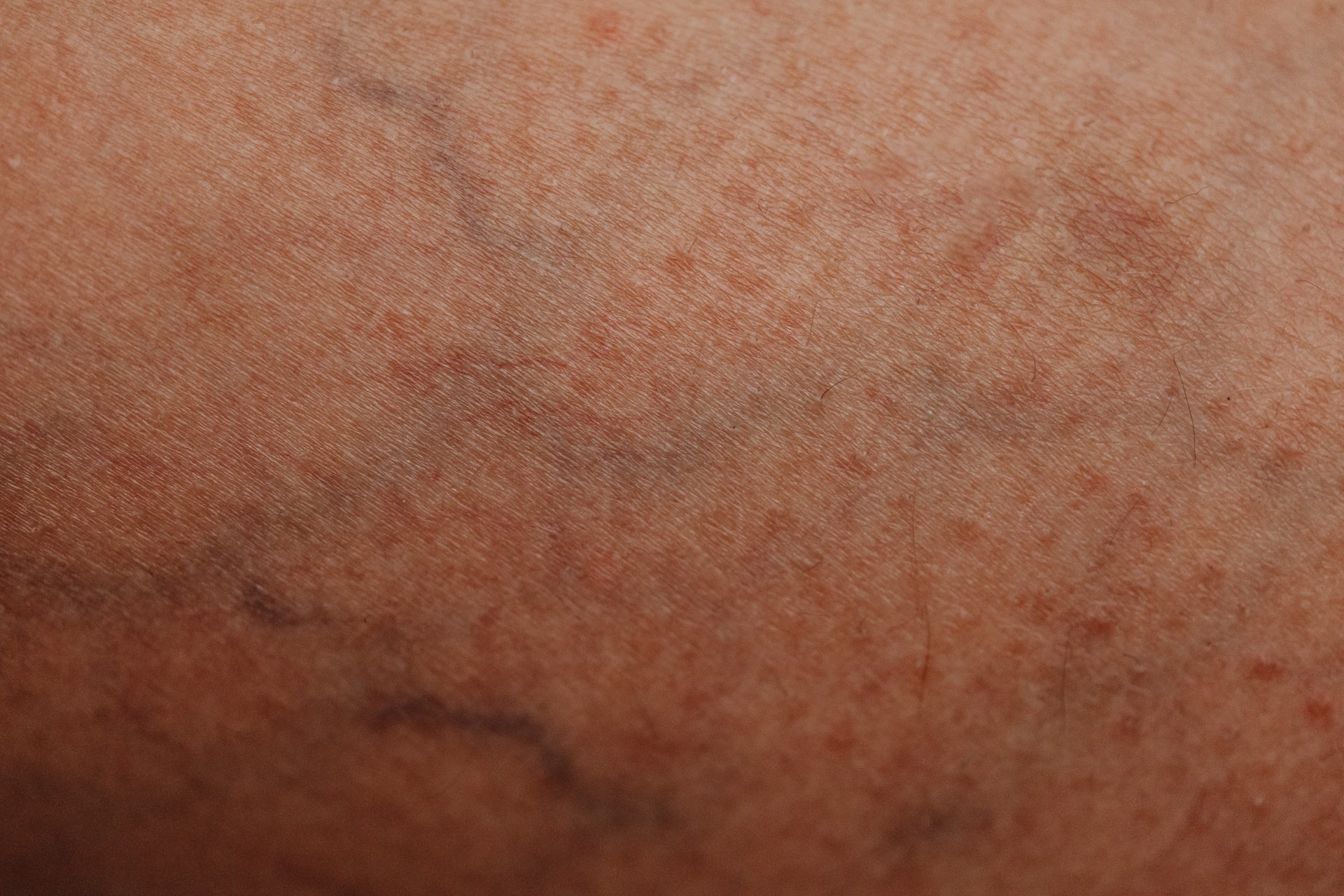
Non-Surgical Treatment Options for Varicose Veins
Varicose veins are a common condition that affects many people, especially as they get older. They occur when the veins become enlarged and twisted, often appearing as blue or purple bulges on the legs. While varicose veins are generally not harmful, they can cause discomfort, pain, and swelling, and may also be a sign of more serious underlying issues. Fortunately, there are several non-surgical treatment options available to manage varicose veins. In this blog, we’ll discuss some of the most effective non-surgical treatment options for varicose veins.
1. Lifestyle Changes
The first line of defense against varicose veins is to make lifestyle changes. This includes regular exercise, maintaining a healthy weight, and avoiding prolonged periods of standing or sitting. When you stand or sit for long periods, the blood flow in your legs slows down, causing the veins to stretch and enlarge. If you have a job that requires you to stand or sit for long periods, try to take frequent breaks and move around. This will help to improve circulation and reduce the risk of varicose veins.
2. Compression Stockings
Compression stockings are specially designed stockings that provide pressure to your legs, helping to improve circulation and reduce the risk of varicose veins. They come in different levels of compression, so you can choose the level that is right for you. Compression stockings can also help to reduce swelling and discomfort associated with varicose veins. They are widely available and can be purchased at most pharmacies.
3. Sclerotherapy
Sclerotherapy is a non-surgical treatment option that involves injecting a solution directly into the affected vein. The solution causes the vein to close off and eventually disappear. This procedure is usually done in the doctor’s office and takes less than an hour. There is little to no downtime associated with sclerotherapy, and you can return to your normal activities immediately after the procedure.
4. Endovenous Laser Therapy (EVLT)
Endovenous laser therapy (EVLT) is a minimally invasive procedure that uses laser energy to close off the affected vein. During the procedure, a small catheter is inserted into the vein, and laser energy is used to heat the vein and cause it to close off. EVLT is highly effective and has a low risk of complications. The procedure usually takes less than an hour, and there is little to no downtime associated with it.
5. Radiofrequency Ablation
Radiofrequency ablation is another minimally invasive procedure that uses heat to close off the affected vein. During the procedure, a small catheter is inserted into the vein, and radiofrequency energy is used to heat the vein and cause it to close off. Radiofrequency ablation is highly effective and has a low risk of complications. The procedure usually takes less than an hour, and there is little to no downtime associated with it.
In addition to these non-surgical treatment options, there are also several things you can do at home to manage varicose veins.
Exercise regularly: Regular physical activity is essential for healthy circulation, and it can help prevent the development of varicose veins. Try to engage in activities that get your legs moving, such as walking, running, cycling, or swimming.
Maintain a healthy weight: Carrying extra weight can put added pressure on your veins, making it more difficult for blood to flow properly. Maintaining a healthy weight can help to reduce this pressure and improve circulation.
Wear loose-fitting clothing: Tight clothing can restrict blood flow and exacerbate varicose veins. Opt for loose-fitting clothing, especially around your waist and legs.
Elevate your legs: Elevating your legs above your heart can help to improve circulation and reduce swelling. Try to elevate your legs for at least 15-20 minutes several times a day.
Avoid standing or sitting for long periods: As mentioned earlier, prolonged periods of standing or sitting can worsen varicose veins. If you have a job that requires you to stand or sit for long periods, try to take frequent breaks and move around.
By incorporating these tips into your daily routine, you can help to manage your varicose veins and prevent them from getting worse. However, if you are experiencing significant pain or discomfort, it’s important to speak with your doctor to determine if a more aggressive treatment approach is necessary.



